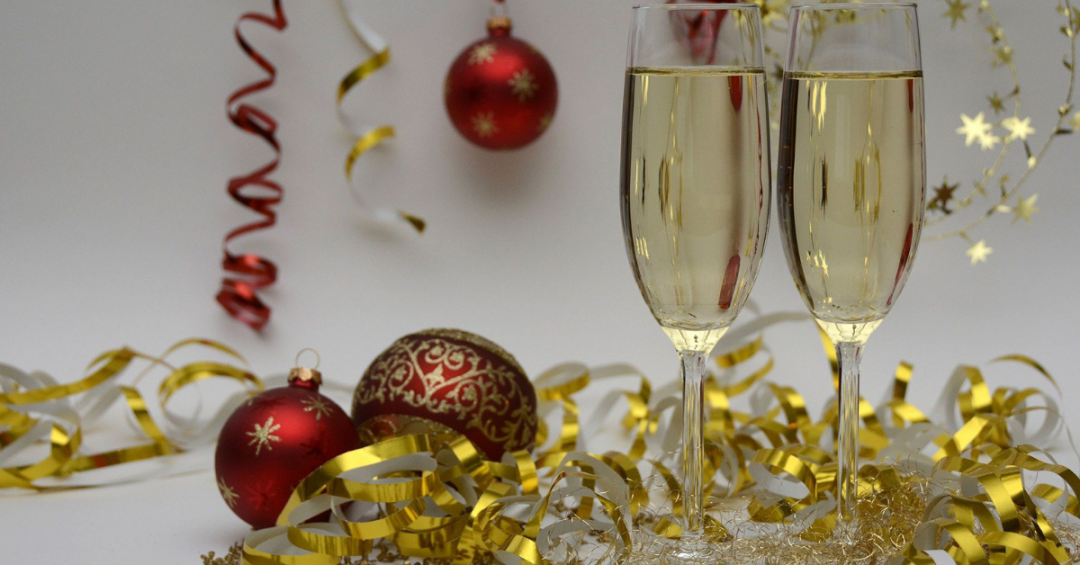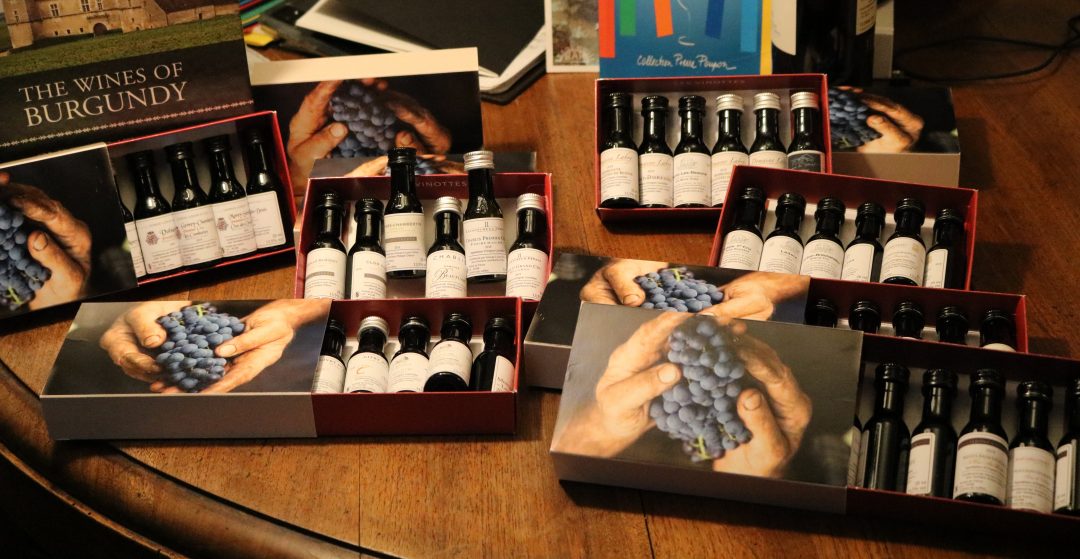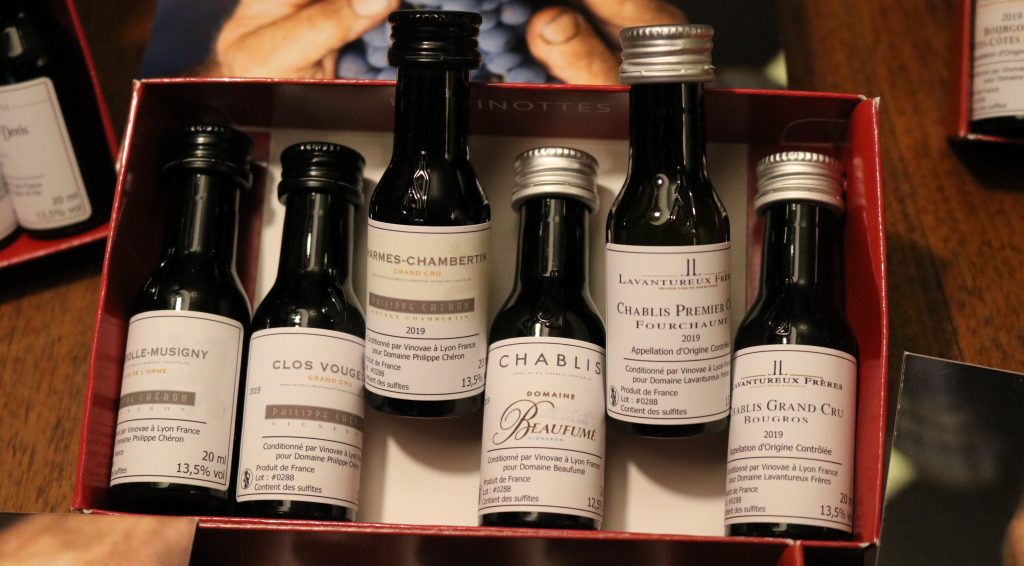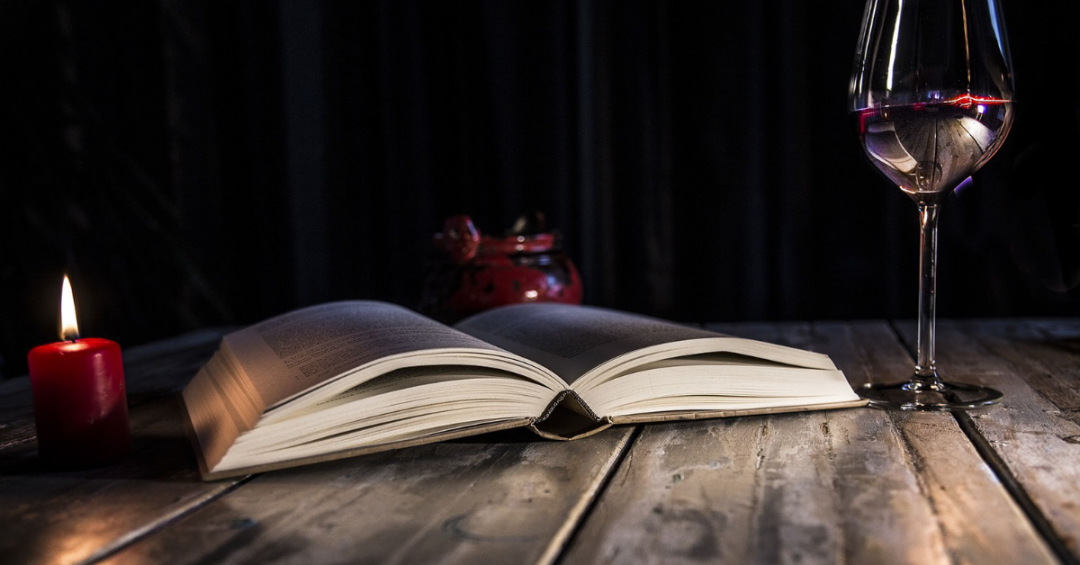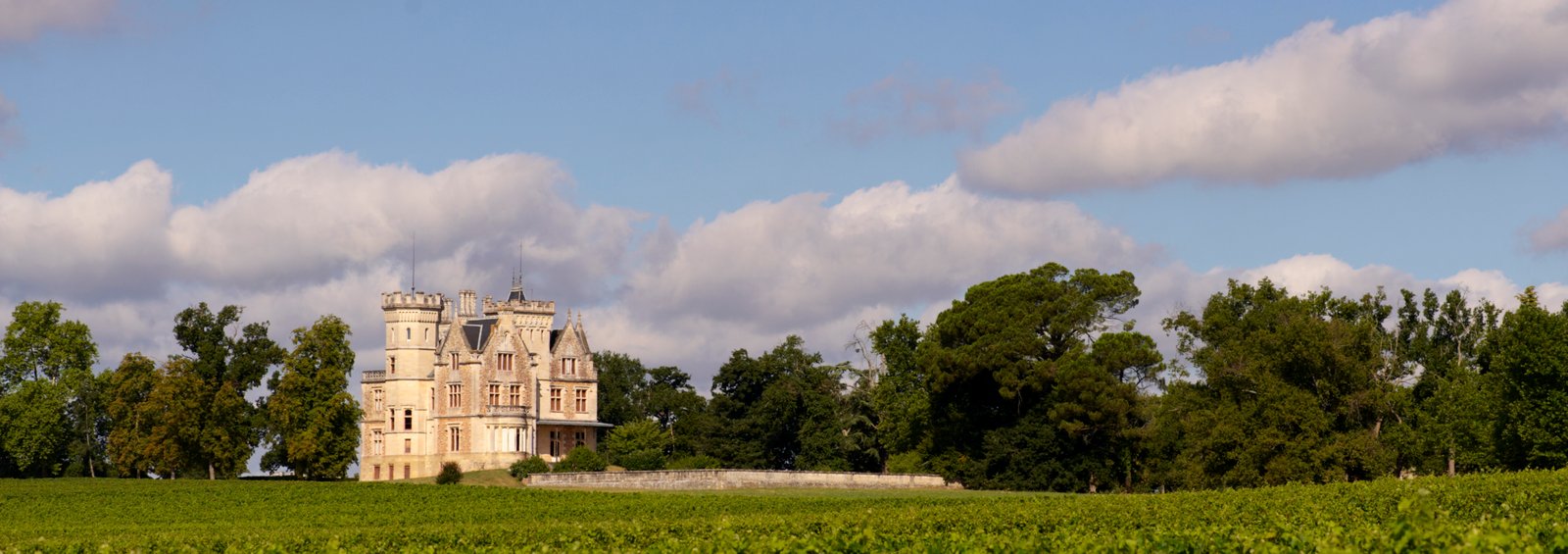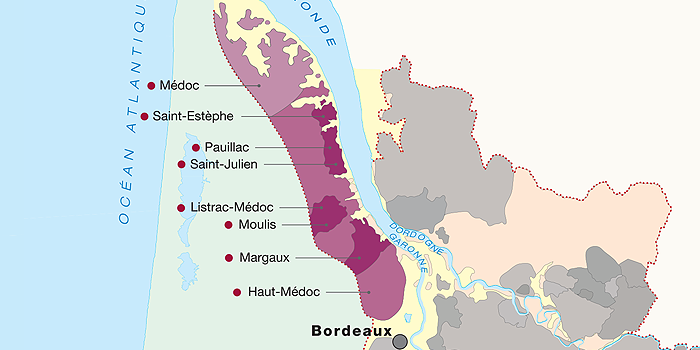The Canadian sparkling wines produced today are a far cry from the bad old days of Baby Duck. Quality sparkling wine producers are cropping up from Nova Scotia to British Columbia at an impressive rate. And what really sets Canadian sparkling wine apart, in this wine taster’s humble opinion, is the exceptional quality/price ratio the best of these bubblies has to offer.
I first discovered the breadth of fine Canadian sparkling wine at a Vancouver Wine Festival tasting back in 2016 or 2017. I had been living abroad for over 10 years and hadn’t had much occasion to drink Canadian wine. I went into the tasting eager to champion local efforts but laden with scepticism from a decade spent immersing myself in Old World wines.
I came away pleasantly surprised with the quality and range, but also the competitiveness of prices. Many well crafted, easy-drinking traditional method wines, aged 18 – 24 months on lees, were under $30.00 (Canadian). Top cuvées aged four years or longer on lees, with excellent depth, textural appeal, and complexity of primary, autolytic, and the first nuances of tertiary flavours were almost all under $45.00. When one considers that even the most unremarkable of entry level Champagnes costs at least $50.00, Canadian sparkling wine seems doubly attractive.
As a judge for the National Wine Awards of Canada, I was able to take a more analytical approach – blind tasting Canadian wines of all styles and colours from Nova Scotia, Québec, Ontario, and BC. What emerged was a sentiment first suggested to me by Janet Dorozynski, Trade Commissioner for Canadian Wine, Beer and Spirits and Tourism. While different grape varieties and wine styles excel in different provinces and growing regions, the one common denominator to all of Canada’s wine-producing areas is sparkling wine. Not just the fact that they all make it, but that it is of consistent high quality across the country.
I spent much of 2020 writing a Masters of Wine thesis on how to further define and/or strengthen the regional identity of Ontario wine (available for download here). The initial hypothesis was that a signature grape or type of wine was necessary to build a reputation. Over time, given the marked differences in soil composition, topography, and mesoclimate from one site to another, coupled with individual winery preferences, it became clear that the province couldn’t and wouldn’t rally around one grape. However, they could make their name for a climate-related style of wine from a restrained number of grapes, backed by a shared philosophy and high quality commitment.
All this to say that, while I think Canada makes noteworthy sparkling wine from coast to coast, getting all regions to agree to fly this one banner (as England has done) may not prove possible. It is heartening however, to see so many Canadian wine experts writing about our local fizz.
Another thing that my research showed me was how little Canadian (with the exception of BC’s loyal consumers) support their provincial wine industries. Time after time, wineries’ interviewed mentioned the struggles they faced getting locals to try their wines, and the naked surprise on said consumers’ faces when they discovered they were good!
So, with that in mind dear Canadian readers, I invite you to try a Canadian sparkling wine (or three) this holiday season. Your taste buds and pocket books will thank you.
In preparing this article, I reached out to local agents in Québec to taste a wide range of Canadian sparkling wine samples. The below suggestions represent the best from this tasting. There are so many more excellent sparkling wine names to look for. These selections were made in consultation with several top Canadian wine critics.
NOVA SCOTIA
Lightfoot & Wolfville
Located in the Annapolis Valley along the shores of the Bay of Fundy, Lightfoot & Wolfville is without a doubt one of Nova Scotia’s premiere sparkling wine producers. There is an almost electric vibrancy about their sparkling wines, that somehow manage to be racy, taut and fairly dry without any trace of austerity.
The 2014 Blanc de Blancs Brut is searing and precise, with vivid lemon zest, green apple, and ginger snap flavours. The palate is ultra-sleek with fine, persistent bubbles, and that signature salty tang that lifts the finish. Long, with a very harmonious brut dosage. 100% Chardonnay, aged 4 years + on its fine lees. 93pts. PW ($39.13 at the winery)
Benjamin Bridge
The Gaspereau Valley, a 12km expanse within the larger Annapolis Valley, is a coastal terroir whose breezy, maritime climate is defined by the dramatic, shifting tides of the Bay of Fundy. This moderating factor, coupled with south-facing vineyards allow for long, slow, full ripening, all while retaining racy, natural acidity.
The black label Benjamin Bridge NV Brut offers consistent good value for its $27.95 price. A blend of locally popular hybrid grape l’Acadie Blanc with Chardonnay, the NV Brut is zesty and bright, with clean, citrussy flavours, vigorous bubbles, and a dry, mineral-tinged finish. 89pts. PW ($27.95 at the winery).
Benjamin Bridge Brut Réserve 2012: Aged 5 years on its lees, this blend of 65% Chardonnay, 25% Pinot Noir, 10% Pinot Meunier is pure, hedonistic pleasure on the palate. Expressive notes of baker’s yeast, biscuits, lemon, yellow apple, and white blossoms on the nose. The palate is a shape shifter: racy and taut at the outset, broad, creamy, and textural on the mid-palate, with delicate, persistent bubbles. Finishes long and layered. Spectacular! 94pts. LW ($74.50 at the winery)
Other Nova Scotia sparkling wines worth discovering:
Blomidon Blancs de Blanc, l’Acadie Vineyards Prestige Brut, Avondale Sky Blanc de Noirs
QUEBEC
La Seigneurie de Liret
La Seigneurie de Liret is family-run, organic winery located near Québec City on the picturesque Île d’Orléans. The Demers family, experts in the field of industrial insulation, took a novel approach to protecting their vinifera vines over winter. Concerned about the possible thermal swings under geotextiles, they decided to create insulated coverings to maintain consistent, mild temperatures throughout Québec’s frosty winters. These vine blankets have allowed them to successfully grow Vitis vinifera sparkling wine varieties: Pinot Meunier, Pinot Noir, and Chardonnay.
Aged several years on its fine lees, the Nuage Effervescent cuvée is initially restrained. With aeration attractive white blossoms, red apple, biscuit, and baking spice hints develop. Racy acidity, very fine, soft bubbles, and a taut, elegant structure. Finishes bone dry with a twist of refreshing bitterness. 91pts. PW (enquire with winery for price & sales locations).
Domaine St. Jacques
Domaine St. Jacques is a stalwart of the Québec wine industry. Located a quick drive from Montréal in the Montérégie region, the estate produces a wide range of still and sparkling white, rosé, and red wines from both winter hardy hybrid grapes and Vitis vinifera varieties.
Domaine St. Jacques Brut Rosé is composed of equal parts Chardonnay and Pinot Noir (protected over winter with custom-made geotextile vine coverings). The nose is initially quite shy, revealing delicate cranberry, red apple, savoury herbal notes, and just a hint of brioche after a couple of minutes in the glass. Crisp and taut on the palate, with fine mousse and a nice balance of tangy red fruit and subtly creamy texture. Finishes crisp and dry. 90pts. PW ($34.95 at the winery)
Léon Courville
Former professor and banker Léon Courville took a leap of faith some twenty years ago and planted a vineyard on a hillside facing Lake Brôme in Québec’s Eastern Townships. Léon & his wife Anne-Marie Lemire have since grown the estate to 40 acres. They produce a wide range of still and sparkling wines from both Vitis vinifera and hybrid varieties.
The Muse St. Pépin Brut is made from the early ripening , North American hybrid grape St. Pépin. Aged 15 months on its lees, Muse has an intriguing nose, with ripe yellow fruits giving way to fresh almonds, herbal nuances, and hints of brioche. Vigorous mousse and crisp acidity on the palate, with notable mid-palate depth. Finishes dry and subtly savoury. 88pts. PW ($36.00 at the winery).
Other Québec sparkling wines to seek out:
Domaine Bergeville L’integrale Extra Brut NV, Domaine du Nival “Ces Petits Imprevus”, Pigeon Hill
ONTARIO
Hinterland
Prince Edward County star Hinterland Wine Company specializes in sparkling wine of all methods from ancestral, to charmat, to traditional method. While I have enjoyed many a Hinterland bubbly, the traditional method wines are where they really shine.
Les Etoiles 2016, a blend of 65% Pinot Noir and 35% Chardonnay, aged 36 months on lees, is precise and elegant, with racy acidity, fine bubbles, and excellent depth of digestive biscuit, sweet spice, vibrant citrus, and orchard fruit flavours. Finishes dry, yet not austere. Recently disgorged, bottled in small batches. 94pts. PW (an absolute steal for $39.75 at the winery).
***Also worth purchasing from Hinterland:
- Rosé 2016 (85% Pinot Noir/15% Chardonnay, disgorged July 2020)- $39
- Blanc de Blancs (currently out of stock but watch for it, really vinous, taut & elegant)
- Sacrament (an even split of Pinot & Chardonnay, aged 60 months on lees, with layer upon layer of brioche, nutty, honeyed flavours ably balanced by vivid freshness – sadly also out of stock)
Flat Rock Cellars
Located at the top of Niagara’s Twenty Mile Bench, Flat Rock Cellars is well known for its affordable, approachable styles of Pinot Noir, Chardonnay, and Riesling. Much to his mother’s initial dismay, owner Ed Madronich chooses to bottle his sparkling wines with crown caps.
Recent laboratory analyses of lots of the same sparkling wine bottled under crown cap and under cork revealed a fresher, more fruit forward expression in aged crown cap sparkling wines. Read more about Flat Rock Cellars’ myriad wine experiments here.
Flat Rock Cellars “Riddled” Sparkling 2017: Pleasantly open on the nose with ripe fruited notes of yellow apple, apricot, and honeyed hints. Crisp and lively on the palate, with firm, persistent bubbles, medium body, and a rounded, delicately creamy texture. Finishes dry, with bright apply flavours and intriguing hints of baker’s yeast. 89pts. PW ($35.15 at the winery).
Flat Rock Cellars “Crowned” Sparkling Brut Rosé 2015 is made from 100% Pinot Noir aged 42 months on lees. Pretty pale pink in colour, with attractive aromas of pomegranate, baking spice, and red grapefruit, with subtle underlying earthiness. Zippy acidity lifts the fine, persistent mousse, and light, delicately fruited palate. Finishes dry, with tangy red fruit notes. 91pts. PW ($45.20 at the winery)
Rosehall Run
The wines of Rosehall Run embrace the piercing acidity so common in Prince Edward County wines, balancing its vigour with a rare purity of fruit and silkiness of texture that sets them apart. They produce some of my favourite County Pinot Noirs and Chardonnay. They also make a particularly elegant Blanc de Blancs traditional method sparkling wine called Ceremony.
Rosehall Run “Ceremony” Blanc de Blancs NV is a 100% Chardonnay. Tempting aromas of shortbread, ripe lemon, yellow orchard fruits, and white floral hints arrive in orderly succession on the nose. The palate is initally taut and racy, with bright, vigorous bubbles. The mid-palate broadens and deepens with zesty fruit and biscuit flavours. Finishes bone dry, yet without austerity. 92pts. PW ($36.00 at the winery)
***Also worth purchasing from Rosehall Run:
- Pét Nat: I have tasted a lot of lacklustre Pét Nats recently…earthy, sour, lacking depth, and personality…so I have become somewhat wary. This was a very pleasant surprise. Bursting with juicy rhubarb flavours, soft, rounded bubbles, and bright acidity, this is a wonderfully refreshing, light, easy-drinking rosé sparkler.
Cave Spring Cellars
This Niagara winery is one of Ontario’s finest, notably prized for their high quality Riesling wines. Their precise NV Blanc de Blancs is made from VQA Beamsville Bench, estate-grown Chardonnay (95%) and Riesling (5%). Vibrant lemon, orchard fruit, and bread dough notes on the nose. The palate is clean and precise, with sleek bubbles, and tangy apple flavours, that give way to a dry, subtly nutty finish. 91pts. PW ($27.95 at the winery).
Jackson Triggs
Entourage Grande Réserve Brut 2016. Very ripe, almost Californian style of traditional method sparkling, with overt poached pear, crême caramel, and brioche notes on the nose. The palate is broad and smooth, though slightly lean structurally, with rounded bubbles, and toasty, patisserie flavours. 87pts. PW ($29.95 at Wine Rack).
Other Excellent Ontario Sparkling Wines:
13th Street Premier Cuvée, Henry of Pelham “Cuvee Catherine” Carte Blanche, Trius Showcase Blanc de Blancs NV, Two Sisters Blanc de Franc, Hidden Bench Blanc de Blancs
BRITISH COLUMBIA
Fitzpatrick Winery
A family-run winery with a long farming background (dating back to 1913) in British Columbia’s Okanagan Valley. Fitzpatrick’s vineyards are located mid-way between Peachland and Summerland, on a bend in the lake between the north and central parts of the valley where hot summer days are tempered by Lake Okanagan to the east, giving cool climate crisp acidity and light body, but ample, ripe orchard fruit flavours.
The Fitz Brut 2016 is roughly 2/3 Chardonnay, with Pinot Noir and a dash of Pinot Meunier. It is aged 24 months on its lees. Attractive yellow apple, brioche, and nutmeg aromas on the nose. The palate is light and racy, with a subtle creamy, leesy expression and a very dry, slightly savoury finish. 89pts. PW. ($32.99 at the winery)
The top tier of Fitz sparkling wines are the three Réserve wines: a Blanc de Blancs, a Blanc de Noirs, and a rosé. I have not had the pleasure, but have it on good authority that these wines are excellent.
Sperling Vineyards
Four generations of Sperlings have tended the family’s mineral-rich slopeside vineyards east of Kelowna, in the Okanagan Valley. Best known for their organic and biodynamically farmed aromatic varieties like Riesling and Pinot Gris, the estate also produces a couple of interesting sparkling wines.
The 2019 Speritz pét nat cuvée is delightfully refreshing, with vibrant aromas of apricot, poached pear, and hoppy IPA type nuances. This fizz is subtle and smooth on the palate, with tangy yellow fruit flavours and earthy, savoury undertones. Finishes dry and light, with just 8.4% alcohol…great for a “sensible” weeknight tipple. 88pts. PW ($30.00 at the winery).
***Also worth trying from Sperling vineyards:
- Guy Lafleur “60” Brut – a 100% Pinot Blanc aged 60 months on lees, scored 92pts. by Treve Ring, GismondiOnWine.com
Other BC sparkling wines to have on your radar:
Blue Mountain Blanc de Blancs, Bella Brut Reserve Nature Oliver West Side, Tantalus Old Vines Riesling Brut, Sumerhill Pyramid Winery Cipes Brut
(What do VW, PW and LW mean? Click on my wine scoring system to decode the scores for these week-end wine recommendations):

